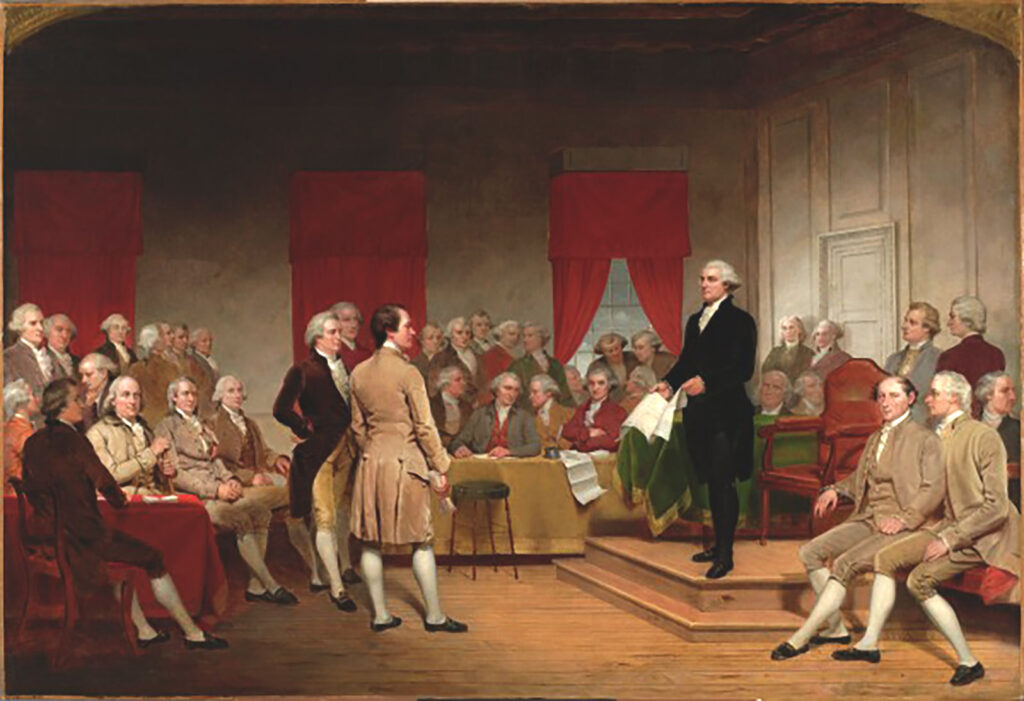|
Representatives and direct Taxes shall be apportioned among the several States which may be included within this Union, according to their respective Numbers, which shall be determined by adding to the whole Number of free Persons, including those bound to Service for a Term of Years, and excluding Indians not taxed, three fifths of all other Persons.
- United States Constitution, Article 1, Section 2 “All other Persons” meant slaves. Three-fifths of a person! The Framers built racism into our very Constitution by declaring anyone who is enslaved to be less than fully human! As we often hear, the very idea is demeaning. It may seem counter-intuitive that proponents of slavery wanted to count enslaved and free persons equally, while anti-slavery delegates would rather have reduced three-fifths to zero. The negotiators of the Three-Fifths Compromise weren’t as interested in the very idea as in practical results. Including the whole number of slaves would increase the voting power of slave states in Congress and in presidential elections. Omitting them altogether would weaken it. Condoning slavery at all was of course racist and demeaning, as were some comments made during the debate. That said, if you were voting in 1787 but with your present values, what fraction of a person would you have voted to count someone who was enslaved? Image: Junius Brutus Stearns, Washington as Statesman at the Constitutional Convention, 1856. Virginia Museum of Fine Arts.
0 Comments
Leave a Reply. |
AuthorI'm a historian who writes novels and literary nonfiction. My home base is Madison, Wisconsin. Archives
July 2024
|

 RSS Feed
RSS Feed